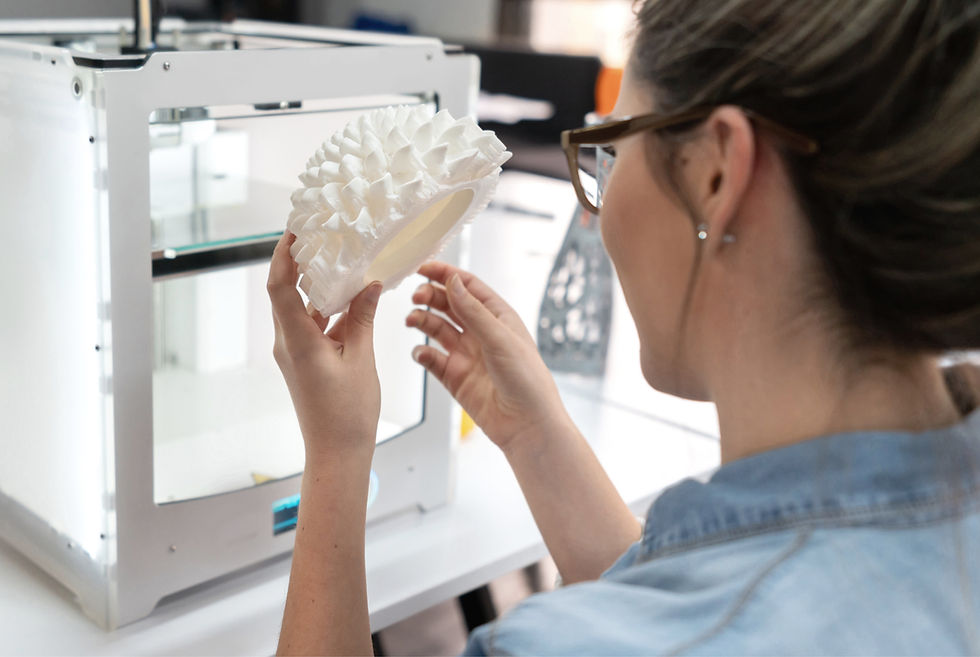Learning in the Age of COVID: Orca Project Part 1
- Greg Gentle

- Oct 20, 2020
- 3 min read
Updated: Oct 29, 2020

Learning in the Age of COVID: Orca Project is a three-part series featuring one organization’s innovative approach to address the challenges posed by the academic dislocation caused by the COVID-19 Pandemic.
Full-time hair stylist and mother of two, Theresa Thompson just received notice that her children’s school will need to shut down. Schools had opened but then shut down again after increased COVID-19 cases were reported in her school and community. She was given a two-day notice and felt desperate for a solution. She just returned to work in July following a forced furlough after her state’s mandated shutdown to manage the spread of COVID-19. Faced with another school closing, she might have to give up her job, this time by choice, to stay home with her children.
Theresa is not alone. When the COVID-19 pandemic forced school closures in the late spring of 2020, families across the country were left scrambling to support their child’s education while juggling a full-time job remotely. In some cases, dealing with the stress of losing their job. Essential workers were met with even bigger challenges trying to find daycare. According to the National Center for Education Statistics, 50.8 million students were enrolled in K-12 schools at the beginning of the 2019-20 school year. Distance learning became the norm, and yet most households were not prepared to meet the demands of this new learning paradigm.
Limitations
Distance learning has a number of limitations. While technology has the power to solve many problems, including the delivery of distance learning, it cannot fix all of the challenges presented by this “new norm”.
Learning is a social experience. Many educators, and a growing number of educational researchers like University of Virginia’s Dr. Sara Rimm-Kaufman, believe the greatest learning happens through social interactions (Footnote 1). When we are at school we can discuss, argue, defend, demonstrate, and communicate our learning directly with others. By doing so, we increase our capacity to learn and research supports it.
It makes sense. After all, we are social beings. In fact, if you were to ask any middle schooler why they go to school, they won’t tell you they go to school to learn prime factorization, exponential notation, or how to diagram sentences. Instead, they will tell you they go to school to see their friends.
Innovation Loves a Crisis
Innovation is often driven by extraordinary circumstances. Experts in the field of innovation refer to the “the Little I” and “the Big I” of innovation. Moses Ma, partner at Next Gen Ventures reminds us that little innovations are often slow and incremental, while big innovations come through radical, massive shifts.
The COVID-19 Pandemic has created the circumstances for “Big Innovation”. Practically overnight parents and caregivers were thrown into an impossible situation when schools abruptly closed last Spring. I am fortunate to have adult children - but I watched as my friends with school aged children wrestle with the dilemma they faced. These include juggling a job, maintaining a household, and their child’s distance learning experience. Most got by but agree that it was not a huge success.
Not all have the fortune of maintaining their employment status. Some furloughed or unemployed parents still struggle to “play teacher”. In fact, many parents and care givers dealing with frustrated kids at home during distance learning are experiencing a whole new level of appreciation for the demands of being a teacher. Many are also learning that their kids are learning new ways to do math, English Learning Arts, and even key differences in geography.
Solutions
A few pioneering educators and parents have come together to address the challenge of meeting their children’s academic needs, while maintaining their full-time jobs.
The term “pandemic pods” emerged in the early months of the summer to supplement distance learning. Learning Pod, the preferred nomenclature, is a small group of families organized together in isolated pods to manage the challenges presented in this article.
This series covers how we support academic learning while maintaining our sanity as we work from home, search for work, or perform our duties as essential workers. In part 2 of this series, I will explore different models and approaches to Learning Pods, as well as the innovative solution our organization landed on to address this challenge.
*Footnote 1: Rimm-Kaufman, S. E., & Chiu, Y. I. (2007). Promoting social and academic competence in the classroom: An intervention study examining the contribution of the Responsive Classroom approach. Psychology in the Schools, 44, 397-413.




Comments